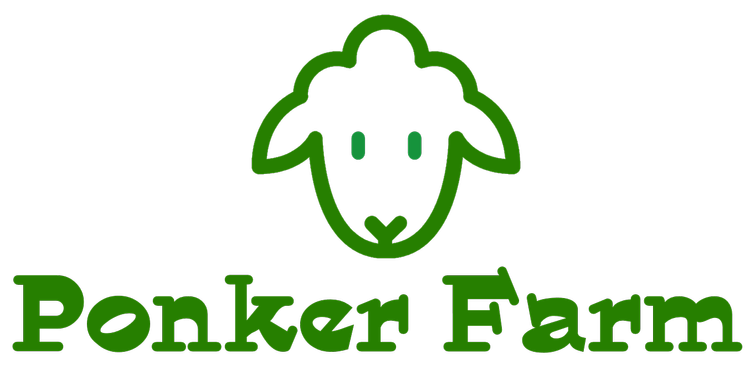Dr. Phillip Sponenberg, Alison Martin, & Jeannette Beranger
As breeding season approaches, we turn our thoughts toward next year's lamb crop. Whether we're breeding for fiber, meat, breeding stock, or a combination of these, pairing our ewes and rams takes on renewed significance. A year of our hard work and dedication is invested in the end result. As responsible breeders, we need think of our own lambs and of the health of the breed as a whole in our strategies.
One part of the breeding puzzle is inbreeding or coefficient of inbreeding (COI). Going hand-in-hand with COI is the effective breeding population size. The simple definition of COI is the probability of inheriting two copies of the same allele from an ancestor that occurs on both sides of the pedigree. (2) (see definition below) Each animal has a COI and the COI of potential matings can be calculated as well.
As COI increases, the risks of inbreeding depression rises. A caveat is that linebreeding uses this method to consolidate genes for beneficial traits. As the percentage of COI increases, the risks increase. Overall vigor and reproductive success is depressed with increased inbreeding. Some breeds tolerate inbreeding better than others.
Another risk of inbreeding is the loss of genetic diversity in the breed as a whole. When bloodlines are crossed without preserving the integrity of the original bloodline, genetic variation decreases. While the decrease in genetic variation can improve the repeatability of phenotype, it depresses the genetic variability needed for population health and selection improvement. Protecting pure bloodlines from genetic dilution is healthy for the breed as a whole.
Two quotes are important for understanding effective population size. First, "Effective population size is a relative measure of the number of truly different genetic individuals in a population." and second, "Effective population size can be a useful estimate of future inevitable inbreeding trends, because low effective size indicates a future in which all animals will be related and therefore all matings will be inbred matings." (Sponenberg, Beranger, & Martin, 2017, p. 104)
The first step is knowing the COI of our own individual sheep which can be calculated by several different programs. Many Breed Associations offer some analytical tools as a part of the registry software unfortunately, at this time, the Finnsheep Breed Association registry does not have these tools available. Ponker Farm uses Kintraks. The problem with this route is the inevitable possibility of human error when transferring information from the online registry by hand into the Kintraks program. The second step is determining at what COI level risk outweighs reward. For Ponker Farm Finnsheep, we are targeting ≤5% COI for our lambs with an acceptable threshold of ≤10% COI. To ensure these are realistic targets moving forward, understanding the current effective breeding population size is important.
The census (or actual count of animals in the breed) is different than the effective breeding population size. A good example is Holstein dairy cattle. While there are vast numbers of Holstein cattle, the use of artificial insemination from related bulls drives the effective breeding population size down year on year. This makes significant inbreeding difficult to avoid. As inbreeding or COI increases, risks to depressed reproduction and reduced viability increase. The overall low effective breeding population size coupled with the continued use of related bulls (sometimes producing over 10,000 calves a year) makes inbreeding inevitable with the result that viability and reproduction can suffer even if the actual number of animals is quite high.
Ensuring that our Finnsheep flocks and the Finnsheep breed are strong into the future requires foresight and planning.
My rambling has come to a close.
“COI: The coefficient of inbreeding is the probability of inheriting two copies of the same allele from an ancestor that occurs on both sides of the pedigree. These alleles are "identical by descent". The inbreeding coefficient is also the fraction of all of the genes of an animal that are homozygous (two copies of the same allele). So, for a mating that would result in offspring with an inbreeding coefficient of 10%, there is a one in 10 chance that any particular locus would have two copies of the same allele, and 10% of all of the genes in an animal will be homozygous.” (Beuchat, "COI FAQS: Understanding the Coefficient of Inbreeding", 2015)
Sponenberg, D. P., Beranger, J., & Martin, A. (2017). Managing breeds for a secure future: Strategies for breeders and breed associations. Sheffield, UK: 5M Publishing.
Beuchat, C., Phd. (n.d.). COI FAQS: Understanding the Coefficient of Inbreeding. Retrieved from https://www.instituteofcaninebiology.org/

